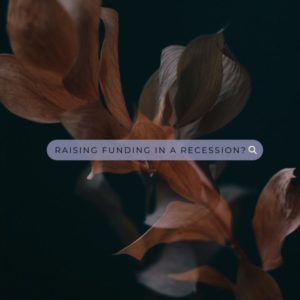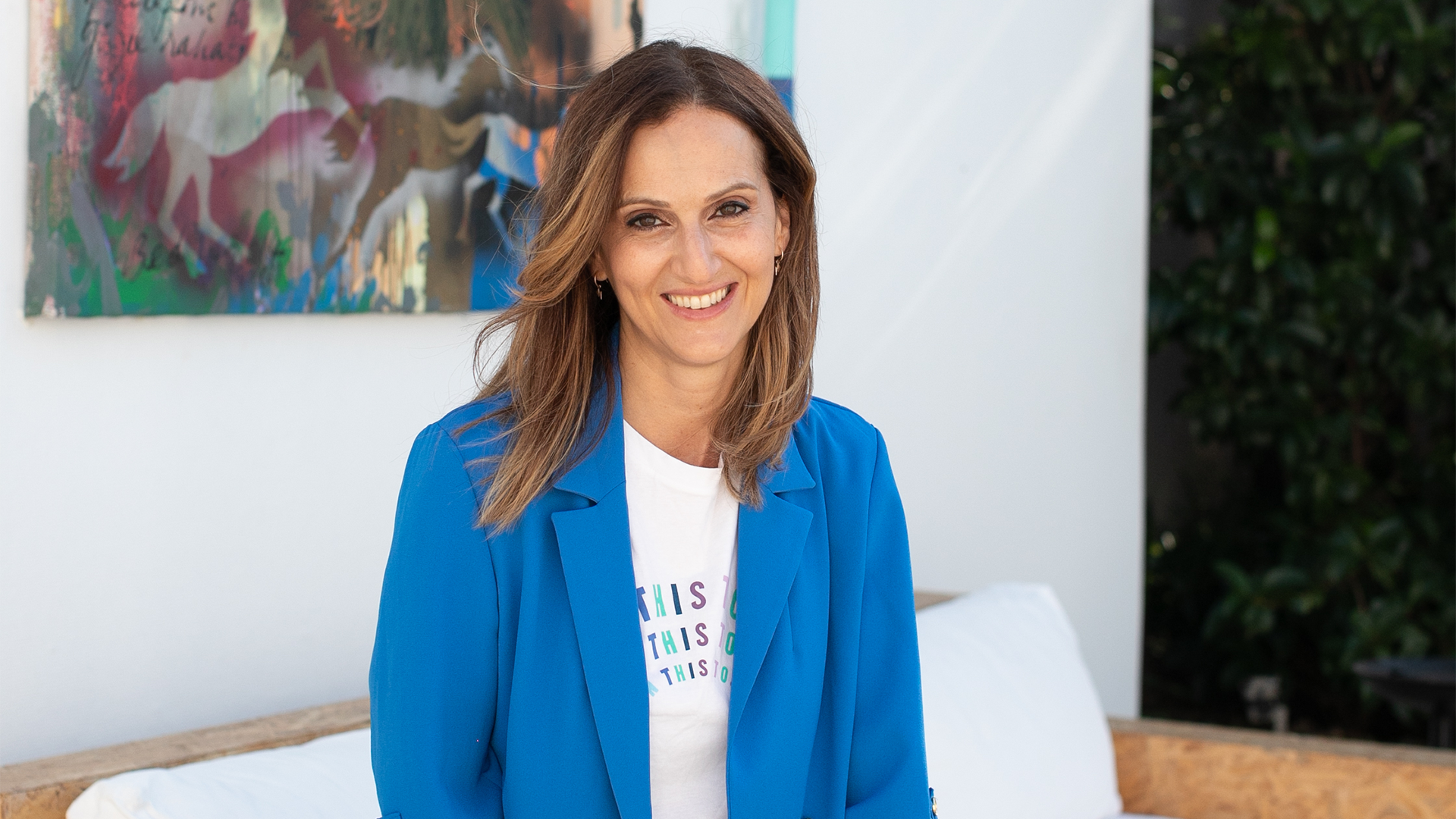The world is suffering from pre-traumatic stress. Not only are we dealing with the threat of the pandemic, but also climate change, social injustice, economic downturn. While the horizon looks bleak, it’s never been more important to lead from a place of optimism. This is how we bounce back. This is the route to resilience.
In July 2016, I was sitting on the balcony at the beautiful home of one of my clients, having drinks overlooking the Bosporus in Istanbul. Suddenly, the sound of boats whizzing by and chatter on the streets below was transformed into the sound of fighter jets breaking the sound barrier overhead and screams from the people below.
Immediately, I reached for my phone with thoughts of my young daughter and my mother. I had 45 missed calls. My client turned on the television which showed us utterly shocking images of tanks and soldiers on the streets, of bombs exploding over our parliament and cities.
This was during what the BBC described as the “bloodiest coup attempt in [Turkey’s] political history”. Seeking to topple President Erdogan and his government, the military had taken over. My city had been transformed from cosmopolitan democracy to chaotic warzone overnight. Any sense of control had disappeared for me and my neighbours.
Just as I was working on healing my PTSD, feeling happy I had come out the other end, I had to face a whole new phenomena.
This traumatic experience, in which I was terrified for my own wellbeing and that of my family, affected me in ways I couldn’t have fathomed beforehand. After, I became much more risk averse. Things that had seemed safe suddenly became frightening. Taking a flight, crossing the road.
Post-traumatic stress had given me pre-traumatic stress. Suddenly, I was scared of things that hadn’t happened yet. I was constantly anticipating disaster. I had an acute awareness of how quickly things can change.
Pre-traumatic stress, or pre-TSD, was a term I first heard from a dear friend of mine, Aylin Algun, a psychology MA. She’d just attended an event at a futures company where I was heading up a team of foresight analysts constantly immersed in the knowledge of tomorrow’s world. A world of potential disaster from the likes of climate change, social injustice, political upheaval, economic instability.
The team and leadership at the company seemed to be in a constant state of anxiety. The culture was one of pre-trauma, Aylin explained. Just as I was working on healing my post-traumatic stress disorder and feeling happy I had come out the other end, I had to face a whole new phenomena.
In this atmosphere, it became clear to me that I needed to lead by creating a sense of psychological safety for my team. I used optimism to flip the pre-traumatic stress on its head. I made sure that people felt secure in their jobs and focused on building belief in the company and a belief in each individual that the company believed in them and valued them. Then we could focus on the work and the future of our business.
It became clear to me that I needed to create a sense of psychological safety for my team. I used optimism to flip the pre-traumatic stress on its head.
Pre-TSD is a term, I have since learned, that was first coined in research into Danish soldiers, who were entering warzones with a mindstate of anticipated disaster. It has also been widely applied to people — especially those in Gen Z — who feel a sense of despair and lack control when faced with the climate crisis.
Now, in 2020, the world is facing unmitigated pre-trauma. Not only are all the other threats still existent and amplified, there is also the constant threat of COVID-19. Everything has changed in the blink of an eye, just as it did for me and everyone else in Turkey in 2016, but this time on a global scale. We are in a seemingly unending cycle of post and pre-trauma.
That’s why this felt like the right year for me to launch The Resilient. Never before have we needed more resilience. Resilience has been defined by many, in many different ways, but my preferred definition is: “a dynamic process encompassing positive adaptation within the context of significant adversity” (Luthar, Cicchetti and Becker, 2000). I particularly like this as it sets resilience as a dynamic that is born out of action and that can be shaped through optimism and a growth mindset.
In 2020, the world is facing unmitigated pre-trauma. Everything has changed in the blink of an eye. We are in a seemingly unending cycle.
Faced with the threat of trauma, humans respond in multiple ways; from reflexive fight, flight or freeze mechanisms, to fawning: trying to please, and fatigue: giving up through apathy. These can all be useful survival techniques, but as leaders they can be damaging. Putting us in a state of continual reaction, while paralysing meaningful action.
It is important to embrace these responses in yourself and have empathy for them in others. Then start on the work of harnessing them as catalysts for transformation. This is the process of building resilience; of making sure that you can make the future happen while dealing with turmoil and uncertainty with an open, ready-to-learn mindset.
Take the analogy of a ship’s captain. Imagine you are the captain and an oncoming storm is an adverse event in your life. If you believe that your boat or crew won’t cope, you will fail to baton the hatches and change course. Alternatively, you can approach the storm with a more optimistic outlook, and harness your experiences of weathering past storms, to prepare your boat and crew. Then, you can simultaneously search the horizon for blue sky and steer course towards it.
Faced with the threat of trauma, humans respond in multiple ways; from reflexive fight, flight or freeze mechanisms, to fawning: trying to please, and fatigue: giving up through apathy.
You and your crew come out the other side better prepared for the next storm. You can harness this challenging experience to navigate future turbulent times. Overall, this takes optimism and a willingness to keep learning and changing. Hope is the number one component of resilience. Faith that you’ll positively adapt and grow if you do the work to make it happen.
Cultivating resilience through optimism in uncertain times:
Optimism often manifests in the ability to see that painful or traumatic events can create positive outcomes, personally, professionally, or both. Leaders can exercise this muscle through committing to a reflective practice, framed by optimism. For example:
- Reflect on a difficult event in your past and think about whether any good came from it. Consider whether it has improved any aspects of your life or personality.
- Alternatively, think about an experience or situation where you dealt with trauma or pre-trauma in a positive way. What were the resources and skills you used?
- What about a situation you’re dealing with right now? What would be the outcome if you shifted to a more optimistic mindset? Who would benefit and how?
- Now flip the same scenario and consider how pessimism would bring a different outcome. What would you be taking away from yourself and others if you did that?
- Finally, think about making a to-do list from an optimistic point of view and one from a pessimistic outlook. Consider how different these are.
- The idea of the above exercises is to transform your outlook and create a sense of hope. The most important thing is intention. Intentionally focus your attention on the positive things around you and don’t dwell on negative thoughts, just like an algorithm intentionally selects self-serving data. Or, like lifting the needle on a record, interject and assert your choice over that thought.
Choose your words with intention and take note of your body language. Use pressure as a privilege that teaches you resilience. Behave and take action in ways that build positive feelings and new interpretation of the event you are facing. Make a commitment to learning something new every day, whether this is something new about you, the people you work with or the wider world. This is the route to resilience; to using trauma to fuel meaningful transformation.





